#gängeviertel
Text
wir bitten gnädichst um: DIE PARTEI-EUROPA WAHL-untersTützunK @: we love SONNEBORNS MARTIN ! SaTiere! unter download dieses dokumentes zur unterschrift und dem nachfolgendem, dringend erbetenem einsenden an den dankbaren empfänger Dr. Eingeteiltesdeutschlanddasistunserauftrag h.c. :
#SaTiere!#Die Partei#Martin Sonneborn#Europa#Antifaschismus#VVN BdA#thomas bernhard#bürgerlichkeit#montagsgedicht#literatur#macht#gängeviertel#aufklärung#ddr#weihnachten#bürgerliche gesellschaft#projektionsfläche#rosa luxemburg#kafka#franz kafka
2 notes
·
View notes
Text
I#m proudlypresenting my
fotoexhibition DDR/GDR revisited 90th on tumblr








copyright@universaldoubts ddr-overkill :
DDR/GDR revisited 90th(Debut! 11.11.2023 19:43 on tumbl:ah)
#DDR#GDR#literatur#fussball#weihnachten#bürgerliche gesellschaft#montagsgedicht#gängeviertel#bürgerlichkeit#thomas bernhard#african baba saturday
2 notes
·
View notes
Text
Jo, falls ihr in Hamburg auf dem CSD seid und es euch auf dem Straßenfest zu viel Regenbogenkapitalismus gibt, kommt ins Gängeviertel (U-Bahnstation Gänsemarkt)
3 notes
·
View notes
Text
2 notes
·
View notes
Text
World of Mirrors - #17 Small World Hanging on the Wall
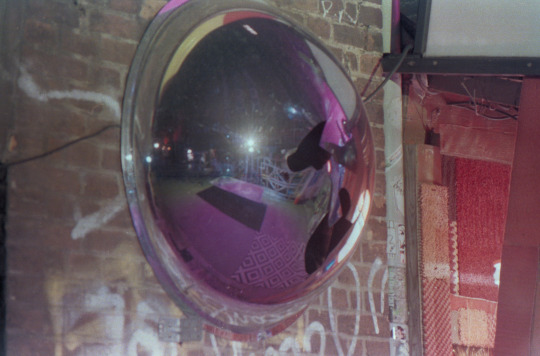
#film photography#analog#35mm film#35mm#expired film#color negative film#cinefilm#Fuji F-400#Minolta 7000 AF#Tokina AF SD 70-210mm f4-5.6#long exposure#night photography#gängeviertel#hamburg
0 notes
Text
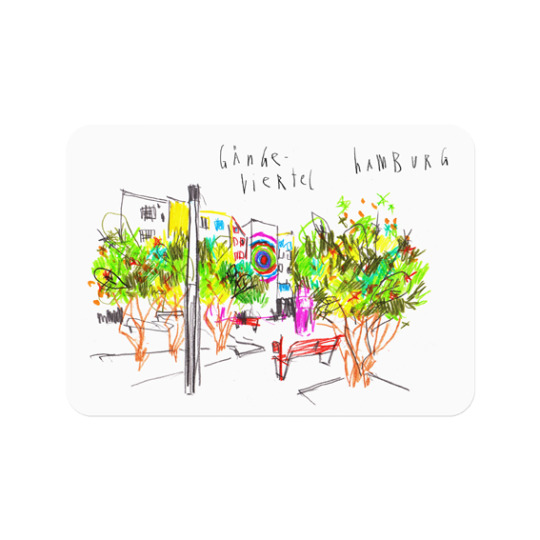
1 note
·
View note
Text
El Mariachi @ Gängeviertel Hamburg,
1 note
·
View note
Photo
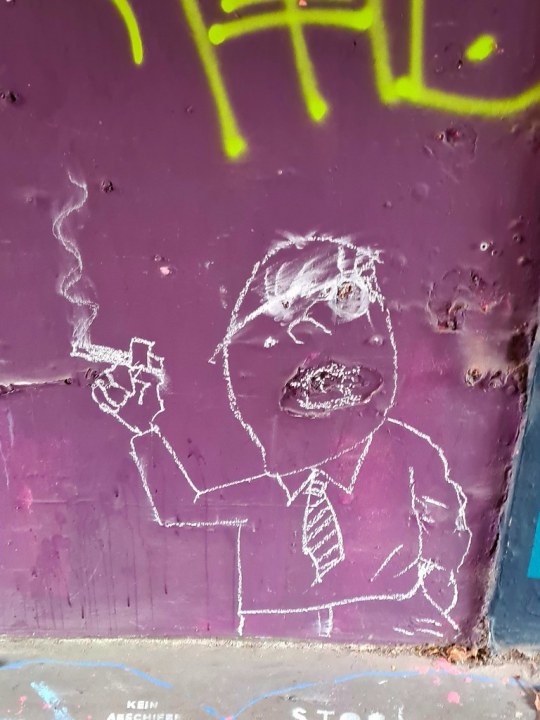
Angry Street-art gängeviertel by fuisligo
3 notes
·
View notes
Text
La enfermera del puerto
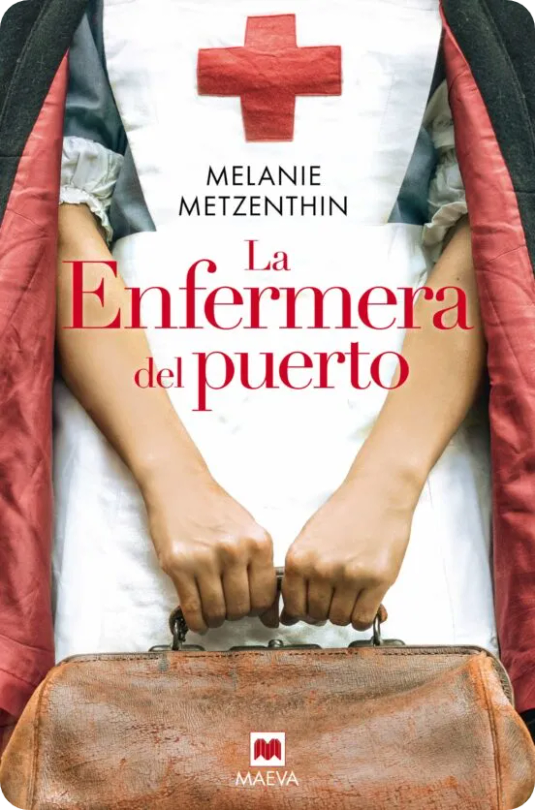
Hamburgo, 1892. El cólera se adueña de la ciudad y se cobra miles de víctimas. Cuando la madre de Martha muere, es la joven quien debe garantizar la supervivencia de la familia. Proveniente de uno de los barrios más pobres de la ciudad, consigue hacerse con un puesto de aprendiza en el Hospital de Eppendorf, donde trabaja duro hasta ascender a enfermera quirúrgica.
Mientras los médicos intentan ganarle la batalla al tiempo, Hamburgo se enfrenta también a una convulsa época de cambios políticos: los trabajadores del puerto se declaran en huelga, las mujeres luchan por el derecho al voto y por mejorar sus condiciones de vida. Martha se une al movimiento feminista, pero también combate en un frente mucho más personal, pues no solo ha descubierto el amor por la medicina, sino también —y en contra de las estrictas reglas del hospital— por un joven médico.
"A Martha le encantaba pasear por la plaza de Scharmarkt. Y ese día más aún, porque cumplía catorce años y su madre le había dado veinte peniques por la mañana para que se comprara algún capricho al salir del colegio. ¡Veinte peniques! No recordaba haber tenido semejante fortuna en las manos jamás. Aquel lugar, que contaba con pequeñas tiendas y talleres de artesanía, era el corazón palpitante del Gängeviertel, el barrio de los Callejones. Martha conocía hasta el último rincón de las estrechas vías, porque con apenas ocho años ya había entregado las labores de costura de su madre en el negocio de ropa blanca de la señora Lembcke. Justo al lado estaba la tienda del relojero Härtel, cuyo escaparate nunca se cansaba de admirar. Allí había elegantes relojes para damas, de bolsillo para caballeros, y también grandes relojes de pie, pequeños despertadores de mesa y delicadas cajas de música. Seguramente ella jamás pudiera permitirse uno, pero su hermano Heinrich, que tenía once años, soñaba con que se lo regalaran ese otoño, cuando por fin entrara en el instituto.
—No te hagas demasiadas ilusiones —le había advertido Martha varias veces—. Mamá ha tenido que ahorrar mucho para pagar la escuela, no podrá comprártelo.
—Pero lo necesitaré para ser puntual.
—¡Qué dices! Papá siempre llega a su hora y no tiene reloj de bolsillo. Con el despertador nos basta a todos.
Mientras pensaba en su hermano, oyó la campanilla de la puerta de la relojería y del comercio salieron una madre y un hijo de la edad de Heinrich. El chico llevaba una peculiar gorra de estudiante que lo identificaba como alumno de untertertia, el octavo curso. En la mano sostenía con orgullo una cajita. Apostaba a que dentro había un flamante reloj de bolsillo.
Martha suspiró. Si Heinrich todavía quería uno de esos, ya podía esperar sentado…
Dejó atrás la relojería y echó a andar por la acera. Dentro de lo posible, intentaba ir por la sombra de los toldos que se extendían desde lo alto de los escaparates para protegerlos del sol abrasador. Hacia el mediodía, la calle fue llenándose pausadamente de vida y, junto al habitual ir y venir de repartidores, en la calzada empezó a verse también algún elegante carruaje. En la platería, dos damas bien vestidas contemplaban la exposición de muestra. Algo más allá, tres marineros aguardaban sentados en un banco frente al mesón Adler, donde su padre iba a recoger el jornal. El establecimiento contiguo era la tienda de dulces Tra utmann.
Martha contempló el escaparate y dudó un momento. Era tanto lo que deseaba… Pero nunca lograría reunir dinero suficiente para una caja de música del relojero Härtel, ni para unas relucientes botas de botones con tacón. Aun así, ¿de verdad iba a invertir esa pequeña fortuna que tanto trabajo le había costado a su madre en un placer tan pasajero como caramelos de menta y tofes? ¿No sería mucho mejor comprar dos ovillos de lana con los que tejerse unos leotardos para el invierno?
Mientras todavía admiraba las finas rosas de azúcar, los cerditos de mazapán y las bomboneras que había al otro lado del cristal, una mujer abrió la puerta y, del interior, salió un aroma tan embriagador que Martha no pudo contenerse. Entró en el establecimiento y le pidió a la amable dependienta la bolsa más grande de caramelos variados que tuviera. Todavía dentro de la tienda, se metió en la boca el primero, un tofe, y empezó a chuparlo muy despacio para disfrutarlo al máximo. Entonces decidió volver a casa. A esas horas hacía tanto calor que el sol, al reflejarse en los adoquines de la calle, parecía formar pequeños charcos de agua."
Read the full article
0 notes
Text
https://www.freie-radios.net/126466
bitte reinhören! wichtig.
#frederike gremliza#die partei#arno schmidt#KONKRET#Magazin#hamburg#fsk 93#Nachmittagsmagazin für subversive Unternehmungen#schnauze#Antiantisemitismus#Anarchismus#Antideutsch#gängeviertel
2 notes
·
View notes
Text
Vom Mythos des Sonnenunterganges
Mythos als Notwendigkeit der Menschlichkeit
Mythologisierung der Massen als Korrektiv zum Materialismus
Aufklärung vs. Romantik
Rebellion der Romantik gegen die Deutungshoheit und Kathegorisierung von Wissen!
Romantik als Korrektiv?
Anton Reiser vs.Goethe (schtirbt, Bernhard!)
#bürgerliche gesellschaft#romantik#Rebellion#antifaschismus#VVN BDA#literatur#gängeviertel#menschlichkeit#Wissen#Aufklärung#Dialektik der Aufklärung#Wiesengrund#Konkret#Titanic#Anton Reiser#Goethe#eat the rich
1 note
·
View note
Text
Hey y'all, if any of you are in Hamburg tomorrow, come meet me in the Gängeviertel!
If you didn't know, the Command Queer collective is organizing an alternative to the CSD parade in opposition of rainbow capitalism and a CSD culture that they feel isn't always welcoming to everyone it should be inclusive of. Their SPEKTAKEL is set to start with a rally in front of the Rote Flora from 14h-16h and then move on to the Gängeviertel.
The Queer Referat will have a booth there in the Gängeviertel (we're planning to start set-up around 17:30h, so we should be done around let's say 18h) and I'll help man it - come say hi! 🏳️🌈
#csd#csd hamburg 2022#csd 2022#command queer#cmd queer#disclaimer:#I am not part of the command queer collective and do not speak for them#I'm merely saying what I understand the SPEKTAKEL to be about based on what I have been told about it
8 notes
·
View notes
Photo

Was ich an Hamburg so mag, Teil 151: "Es gibt kein Eis, oder wo bitte geht's zum Gängeviertel?" #HamburgNeustadt #Hamburg #SchöneEckenChecken #FreieUndHansestadtHamburg #hamburgmeineperle #РоссияУбиваетХорошихПарней #SlawaUkrajini #MnemozidIstKriegsverbrechen #PutinEidbrecher #KiewerRusNichtRussischesKiew #IStandWith Ukraine #Eukraine #closethesky #HamburgBlauGelb #freeukraine #FreiheitFürDieUkraine https://www.instagram.com/p/CiQmG9ULsz9/?igshid=NGJjMDIxMWI=
#hamburgneustadt#hamburg#schöneeckenchecken#freieundhansestadthamburg#hamburgmeineperle#россияубиваетхорошихпарн��й#slawaukrajini#mnemozidistkriegsverbrechen#putineidbrecher#kiewerrusnichtrussischeskiew#istandwith#eukraine#closethesky#hamburgblaugelb#freeukraine#freiheitfürdieukraine
0 notes
Photo

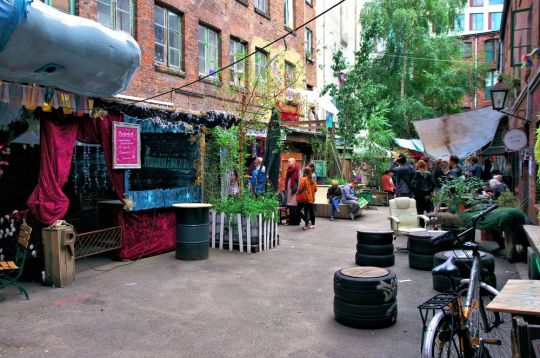

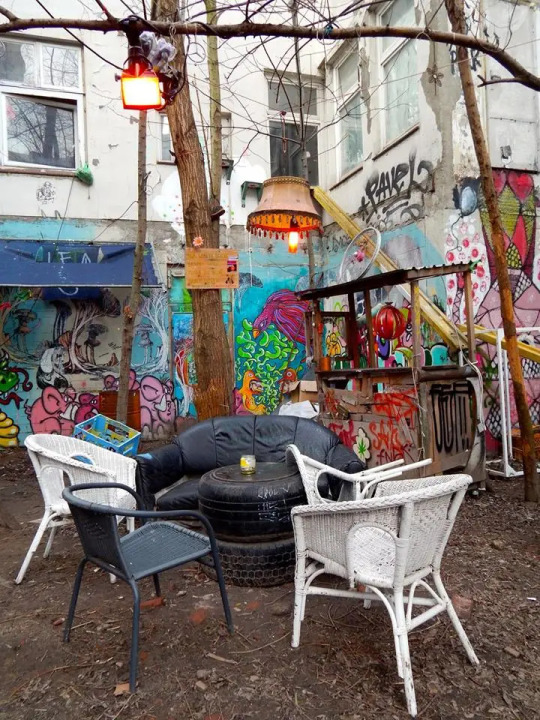


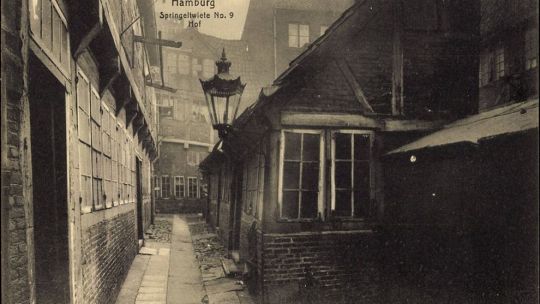

The struggle for houses in Hamburg has a long tradition.
In addition to the Hafenstraße, where the struggle between the police and the occupiers simmered for years and then intensified in 1987, the Gängeviertel is also a place where alternative lifestyles are still lived today.
A busy, self-managed, colorful, rebellious neighborhood, it's a housing complex that fights the surrounding luxury. The history of this working-class neighborhood made up of a narrow group of buildings, which once stretched from the port to the city center, dates back to the 18th century. It was demolished in 1882 because it was considered a "criminal district" (das dunkle Herz der Stadt - the dark heart of the city) and its inhabitants expelled to more neighboring areas, then rebuilt as part of urban renewal measures, to be bombed in 1943.
In 2009, an investor bought these few historic buildings to demolish them, build new ones and revise them. A group of young people took advantage of some slowdowns on the works to start a real awareness campaign, sticking red stickers around the city with the words “Komm in die Gänge” which have now become the logo of the neighborhood. In the summer of that same year, an independent festival led to the occupation of those buildings, which have become much more than just a neighborhood or an art project, but rather a symbol against gentrification.
The community includes art galleries and small exhibition halls, but also clubs, cafes, shops, apartments and many social projects - for local and international work.
7 notes
·
View notes
Text
I saw this in Hamburg today and thought it belongs on tumblr.
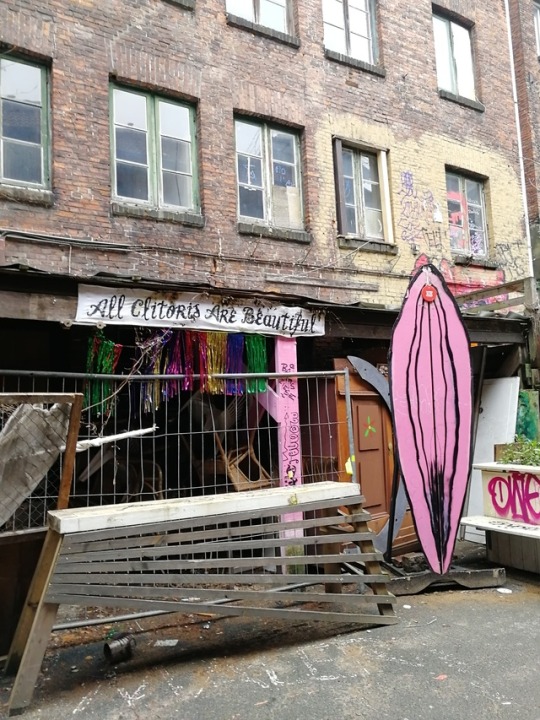
4 notes
·
View notes